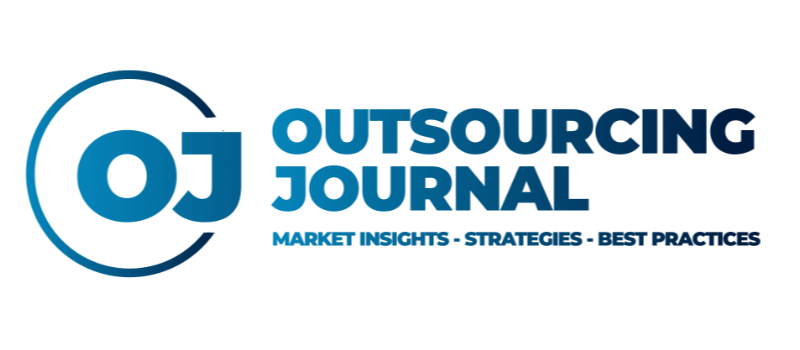[vc_row][vc_column][vc_column_text]This paper presents the findings of a case study on software project management for implementation of the charting and stock screening tools for marketsmith.com website. This study is aimed at highlighting the strengths of the project management approach exercised during the project and identifying areas for possible improvement for the future projects.
Many software projects are faced with a common situation: they fail in developing the required functionality within their schedule and planned budget; the results often lack the required quality and or go over time and budget.
To prevent this from happening, project teams first focused on improving the software process and the technology used during the development. Having refined these processes and making sure the project team was staffed with most suitable talent, skill, and experience; the focus became the project management methodology.
I will outline the overall problems that project managers face during the software development projects and then focus on the strengths and weaknesses of the project management process used during the implementation of marketsmith.com.
The case
Project management assessment
The purpose of the study was to understand the project management practices and their
impact on the success of the project. The study mainly addressed human factors and organizational aspects.
Project profile
This project was a very high profile project with strict requirements for on-time and on-budget delivery while stressing the importance of implementation of most complex technical solutions exactly per specifications. The charting and screening tools had complex functional
requirements for manipulating large amounts of data in real time mode and returning instantaneous results for all user requests.
Project environment
Project had a management and development staff onsite at client’s offices in Los Angeles, CA, while core development and QA teams were at Altacode in Armenia. Development and QA had to take place in client’s environment, on their servers, via VPN access.
Project management
In addition to detailed planning and setting up matrix for controlling the project quality and
productivity, a separate plan was developed for ensuring consistent communication with the
remote teams. Emphasis was put on providing transparency on development progress and
any possible hindrances on a timely manner to the management; as well as getting feedback
and clarifications from the business team and management for any possible ambiguous areas
of the requirements.
Methods and tools
Agile development method was used with daily checks on development status and QA outcomes for catching potential codding challenges and the need for requirements clarifications. Ample amount of time was spent on thoroughly studying requirements and clarifying questions raised by the development team.
Results
To measure the success of the project the expected outcomes were compared with the actual ones. Three major expectations were: 1. Complete on time, 2. Complete on budget, 3. The final program should have all functional requirements implemented per specifications.
Our findings showed that all three expectations were met. And significant contributors to this
success were the project management practices applied in this project, which are listed below.
At the start of the project, the project manager spent an adequate amount of time to understand the requirements in depth and to work with the development team on detailed planning. Much effort was put into clarification of the requirements. Measurable frequent milestones were defined based on the development team’s recommendations and the business team’s feedback.
During the development and QA process, the biggest emphasis was put on understanding
the progress and measuring it against the set goals. QA was taken into account throughout
the development process and timely adjustments were made when needed. At every milestone detailed feedback was taken from the business team with the aim to catch any possible misunderstandings of the functional requirements.
One of the challenges that the project manager was exposed to due to keeping the business
team engaged during the development process was the number of change requests submitted for development. It did take extra effort on the project management side and some on the development team to control the scope while managing the expectations of the business and management teams ensuring that the project doesn’t run late or over the budget.
Given this challenge, a „cost-benefit” analysis was done to understand the impact of this approach on the project. The outcome revealed that the benefits far outweighed disadvantages. Many small inconsistencies were discovered by the business team and corrected by the development team during the frequent milestone reviews. Since those issues were caught early, much time and effort was saved in correcting them early on. Another benefit was that the business team had a good idea about the state of the development process which helped with their planning of other activities such as product release and marketing.
Conclusion
The following project management practices contributed to the success of the project:
» Thorough requirements analysis, clarification, and detailed planning prior to starting the development process,
» Setting frequent milestones,
» Proactively addressing possible technical challenges and ambiguous requirements,
» Consistently seeking business team’s feedback,
» Keeping tight control on project scope and expectations of all involved teams,
» Ensuring transparency of all processes to all involved team members.
This article was published in the Armenia Outsourcing Destination Guide. For more interesting articles about the Armenian IT-market, download the guide here:
[/vc_column_text][vc_btn title=”Download (free)” color=”primary” size=”sm” link=”url:https%3A%2F%2Fwww.outsourcing-verband.org%2Fdownloads%2Fdestination-guide-armenia-download%2F|||”][vc_separator][/vc_column][/vc_row][vc_row][vc_column width=”1/4″][vc_single_image image=”4928″][/vc_column][vc_column width=”3/4″][vc_column_text]Narine Harutunian, Experienced BD / Marketing Manager with a demonstrated history of working in the information technology and services industry. Skilled in Market Research and Analyses, Business Development and Management of outsourced development projects. Strong marketing professional with a MBA focused in Marketing and Business Management from American University of Armenia coupled with fundamental tech and math background from Applied Mathematics faculty of Yerevan State University.
[/vc_column_text][/vc_column][/vc_row][vc_row][vc_column][vc_column_text]
[/vc_column_text][/vc_column][/vc_row][vc_row][vc_column][vc_column_text]
[/vc_column_text][/vc_column][/vc_row]
